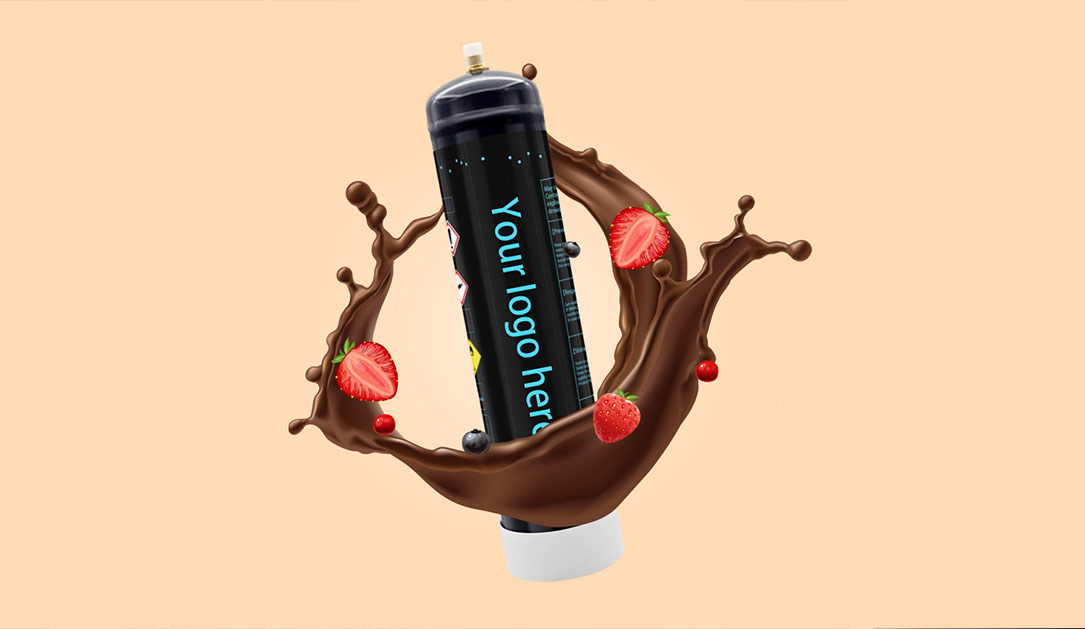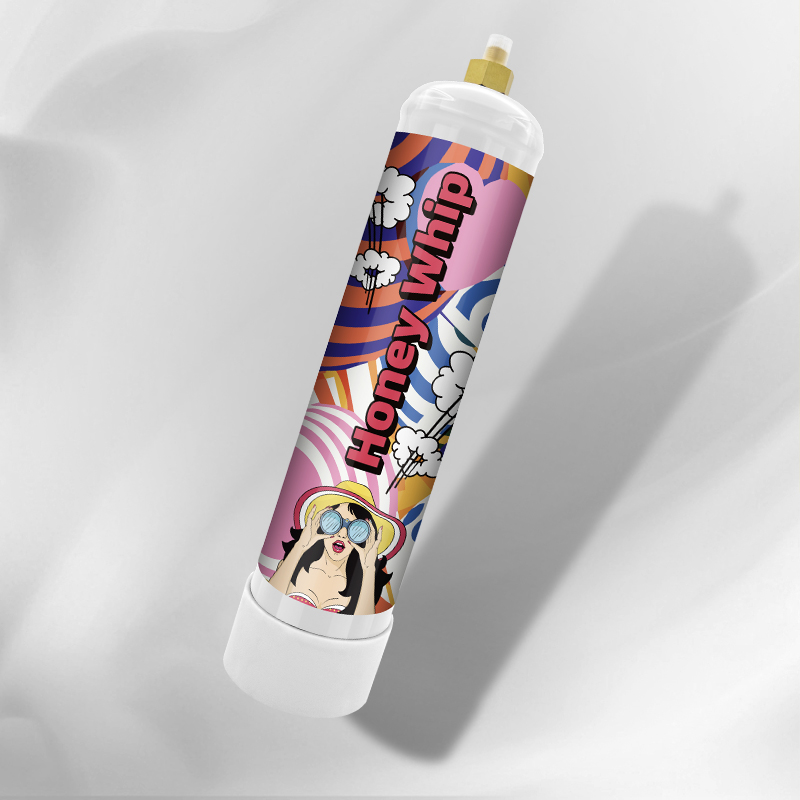How to make nitrous oxide

What is nitrous oxide
Nitrous oxide (N2O), also known as laughing gas, is only a colorless, slightly sweet, non-flammable gas used in food processing, such as cream, using nitrous oxide can make your cream taste smoother, and you can shorten the time to make cream. Nitrous oxide gets its name "laughing gas" because of the euphoric feeling it produces when inhaled.
Properties of nitrous oxide (N2O)
| Nitrous oxide | Nitrous oxide |
| Molecular weight/molar mass | 44.013 g/mol |
| density | 1.98 kg/m3 |
| Boiling point | -88.48 degrees Celsius |
| Fusing point | -90.86 degrees Celsius |
Several production methods:
| method | Chemical reaction | sketch |
| Ammonium nitrate decomposes | NH4NO3 → 2H2O + N2O | The safest and easiest way to produce food-grade nitrous oxide is through the decomposition of ammonium nitrate. When you gently heat ammonium nitrate, it breaks down into nitrous oxide and water. |
| Ammonium sulfate and sodium nitrate decompose | 2 NaNO3 + (NH4)2SO4 → Na2SO4 + 2 N2O + 4 H2O | You can make food-grade nitrous oxide in the lab by heating ammonium sulfate and sodium nitrate. |
| Mix sulfuric acid, nitric acid and urea | 2 (NH2)2CO + 2 HNO3 + H2SO4 → 2 N2O + 2 CO2 + (NH4)2SO4 + 2 H2O | Food-grade nitrous oxide can also be produced in the laboratory by mixing sulfuric acid, nitric acid and urea. |
| Sodium nitrite and hydroxylamine chloride | NH3OHCl + NaNO2 → N2O + NaCl + 2 H2O | Adding sodium nitrite to a hydroxy-ammonium chloride solution forms nitrogen oxides. |
| Subnitrite decomposition | 2 HNO2 = NO2 + NO + H2O. | Heating subnitrite to 25°C will break it down into water and nitrous oxide. |
Safety precautions must be taken when making nitrous oxide
During experiments or preparations involving the production of nitrous oxide, we must strictly follow a series of safety guidelines to ensure smooth operation and avoid potential risks. Here are some key considerations that are essential for any work involving ammonium nitrate.
We have to make sure the temperature of the ammonium nitrate is properly controlled. Ammonium nitrate may decompose at higher temperatures than 240°C, so the temperature should be strictly controlled during heating to ensure that this safety threshold is not exceeded. At the same time, in the final stage of ammonium nitrate decomposition, it is necessary to stop heating in time to avoid unnecessary risks.
It is also important to choose high quality ammonium nitrate raw materials. Higher purity ammonium nitrate is more stable than samples containing impurities, reducing the risk of decomposition and potential hazards.
During operation, it is important to ensure that the working area has good ventilation. Although nitrous oxide is generally considered safe in the laboratory, excessive inhalation can still cause hypoxia. Therefore, it is wise to conduct the experiment in a fume hood or a well-ventilated area.
Personal protection is also essential. Always wear approved goggles, face protection, and gloves when handling corrosive or hazardous chemicals such as ammonium nitrate. If you accidentally contact your eyes with ammonium nitrate, flush them immediately with water and seek medical attention if irritation persists within a few minutes of rinsing.
To avoid the risk of food poisoning, do not eat in the laboratory and do not store food or drinks near the work area. If contaminated substances are ingested, gargle immediately and seek medical attention as appropriate.
When conducting such experiments, do not operate alone. Always ensure that others are present to help in an emergency. This includes but is not limited to emergencies such as fire, explosion or suffocation.
Again, the importance of maintaining the right temperature. When using ammonium nitrate to prepare food grade nitrous oxide, overheating should be avoided. It is recommended to use a heat source with a thermostat or thermometer to precisely control the temperature, and it is recommended to maintain the temperature between 170°C and 240°C to prevent ammonium nitrate decomposition and potential danger.
